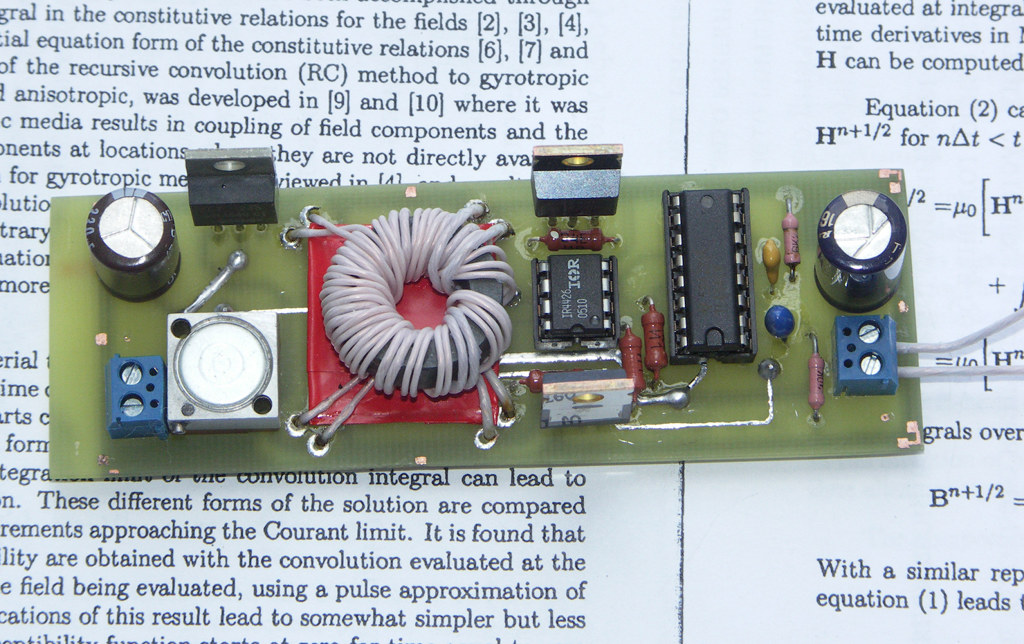воскресенье, апреля 11, 2010
альпийская горка
понедельник, февраля 08, 2010
понедельник, февраля 01, 2010
Altium Designer and pads with drill holes on photomask.
пятница, января 29, 2010
Acer unlocked virtualization in AO751 netbook.
Recently I have bought an Acer AO-751H. All were OK excepting that KVM (kernel virtual machine) said that intel-VT was locked by the BIOS. I was already about shitting bricks when I saw that Acer had released a new BIOS version, 3210. I flashed it, and discovered KVM warning to had been swept away from logs. Now my AO751 runs two operatig systems simultaneously: win-xp and debian (gnu) linux.
I use win-xp for some reasons: to run CADs for electronics and microcontrollers design. My wife and me also use stolen MS-word, because in our country many people suffer from MS installed directly in brain. Surely, we should never buy MS-Word to see some formulae from our scientific staff. We use TeX, of course.
Now I plan to set up an Ubuntu Karmic, because of it has an easy support of GMA-500 intel video card.
воскресенье, августа 02, 2009
12->27V dc-dc convertor for my microdrill with 27V DPM-25 motor

It is based on cheap TL494, driver IR4426, and two FETs IRFZ44. 88KHz pulses push-pull primary coil of transformer with 2000HM (N-87) ring core. No warming elements thanks to FET driver.
With respect to TL494 datasheet, this circuit won't work with 8V input, but it works with 5V :) Of course, It can not convert 5 to 27V, since it was designed for operating from 9..12V.
четверг, мая 21, 2009
USBASP and 8051 / at89s8252 / at89s8253 MCUs
Recently I have made two USBASP (http://www.fischl.de/usbasp/) AVR programmer boards. At home I use AVR MCUs, and all were ok. ATmega-8 with external 16.384MHz oscillator is programmed in 4 seconds. At my workplace I deal with AT89s8252 (military analog), and in my lab it used to flash them by means of 3-resistors on an LPT port. Such a so-called «programmer» flashes the chip in some minutes and kicks.
But I found that avrdude does not support such MCUs. Neither 8051 nor at89s8252. The only I have found was the config for 89s8253, this chip has SPI-commands similar to AVR ones.
I was sad, but suddenly I found s51dude (http://s51dude.gforge.lug.fi.uba.ar/) project, that works with USBISP programmer (usbtiny), which has a different schematics. Project's homepage provides patched (for s51 ISP support) sources for USBISP, so I've made little changes and flashed my USBASP with patched USPISP firmware. Now I have USBASP board which is detected as USPISP and supports both AVR and s51 chips.
Patched firmware with sources for USBASP board you can get here.
